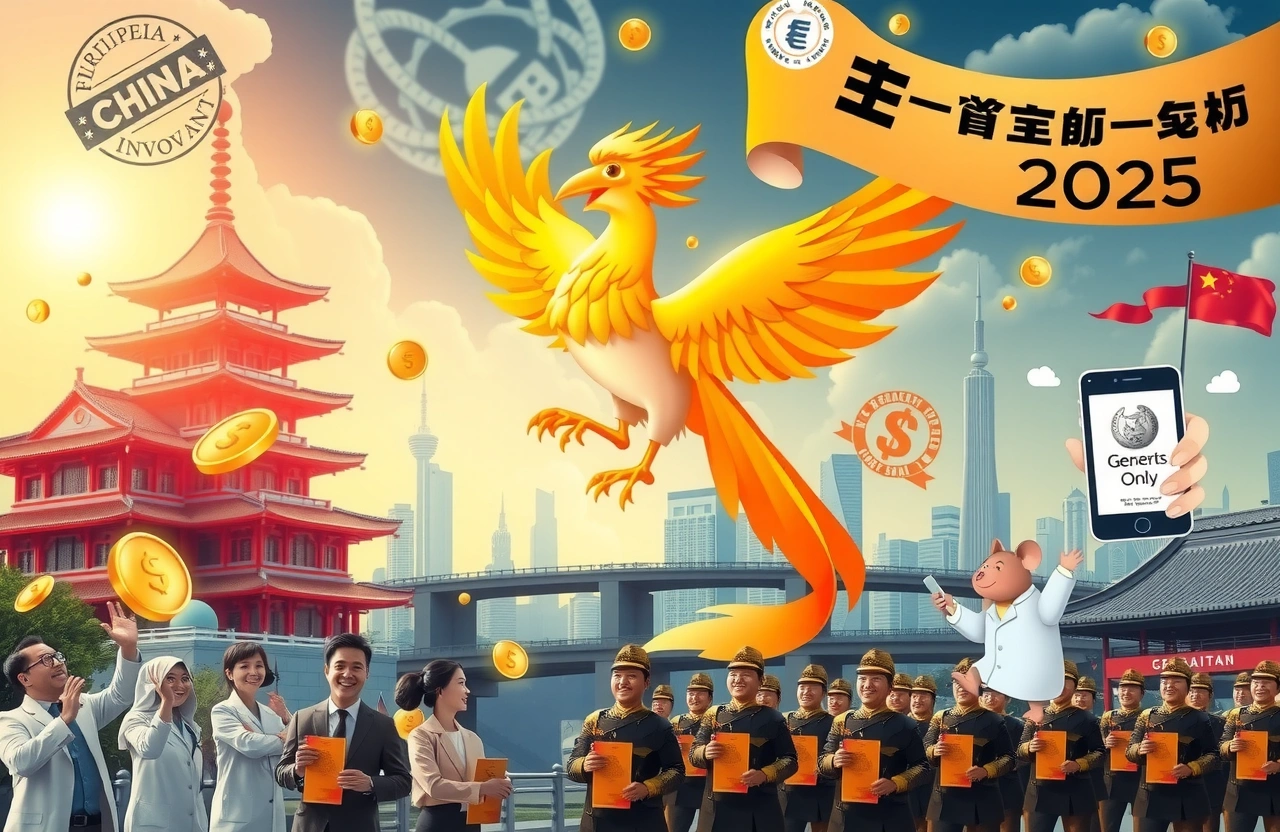— China’s drug pipelines grew 680% since 2015, surpassing EU & nearing US R&D volume
— FDA/EMA granted over 24 accelerated reviews to Chinese therapies in 2024
— $12B Pfizer deal highlights record-shattering licensing transactions
— Biotech stocks surged 64% YTD, signaling strong market confidence
China’s pharmaceutical sector is undergoing a tectonic shift that’s rewriting global industry leadership. From being stereotyped as a generics producer, China has emerged as an innovation powerhouse – its drug pipelines now eclipse European counterparts and rival America’s. The speed of this metamorphosis is remarkable: Since 2015 regulatory reforms kicked off under the Made in China 2025 initiative, new drug compounds surged from 160 to over 1,250 while attracting top scientific talent returning from abroad. Global regulators are validating this transformation with expedited approvals uncommon just five years ago, as multinational giants increasingly bet big with billion-dollar licensing deals.
Quantifying China’s Pharmaceutical Surge
Analysis from pharmaceutical intelligence firm Norstella shows China entered a staggering 1,250 novel drugs into research pipelines in 2024 – overshadowing the European Union’s output and closing in on America’s approximately 1,440 candidates. This represents a 680% pipeline explosion since China’s pharmaceutical reforms began in 2015, when the country accounted for just 160 compounds (under 6% globally).
The Regulatory Catalyst
This dramatic growth trajectory stems from systemic reforms centered on three pillars:
– Accelerated regulatory reviews across preclinical and clinical phases
– Harmonization with ICH international pharmaceutical standards
– Strategic subsidies targeting oncology and metabolic medications
These changes positioned Chinese biotechs like BeiGene and Hua Medicine to compete globally. “China’s growth trajectory isn’t just catching up – it’s setting the pace for pharmaceutical innovation,” explains Daniel Chancellor, Thought Leadership VP at Norstella.
Quality Validation Through Global Regulators
Perhaps more significant than volume is China’s progress in therapeutic sophistication. The FDA and EMA granted Chinese-developed drugs over 24 accelerated pathways in 2024 alone – topping EU-developed therapies for the first time.
Landmark Success Cases
Legend Biotech (传奇生物) pioneered this acceptance path with its CAR-T therapy cilta-cel for multiple myeloma treatment. Developed in Nanjing and commercialized by Johnson & Johnson, cilta-cel received breakthrough designation from the FDA after demonstrating superior efficacy versus Bristol Myers Squibb’s established therapy. Equally compelling was FDA orphan drug designation for Innovent Biologics’ (信达生物) gastric cancer antibody IBI343 – therapies unthinkable from Chinese developers just a decade ago.
Record-Setting Licensing Deals
International pharmaceuticals didn’t merely notice China’s rise – they’ve invested billions to secure its innovations. DealForma’s transaction database reveals:
– Licensing deals topped $15B total value in 2023
– Average upfront payments jumped 140% since 2020
– Oncology treatments comprise 68% high-value transactions
Milestone Transactions
No deal captures this confidence shift better than Pfizer’s landmark $1.2B upfront payment to 3SBio (三生制药) for a late-stage tumor therapy in May 2024. Preceding this:
– Merck & Co.’s $650M pact with Hengrui Medicine (恒瑞医药)
– Summit Therapeutics’ $500M acquisition of AKESO’s PD-1 inhibitor
– AstraZeneca’s multiple collaborations including $800M with Daichi Sankyo China (第一三共)
As BeiGene CEO John Oyler (欧雷强) states: “Global pharma recognizes China as the innovation source worth paying premiums for.”
Capital Markets Fueling Expansion
Investors overwhelmingly validated China’s biopharmaceutical transformation:
– Hang Seng Biotech Index surged 64% January-July 2025
– US-listed Chinese biotech ETFs outperformed S&P500
– Venture capital flooded early-stage oncology startups
This financial momentum contrasts sharply against China’s broader market, cementing drug innovation as perhaps Beijing’s most successful industrial policy.
Emerging Therapeutic Leadership
Eccogene secured $185M licensing deal for its oral GLP-1 agonist – potentially challenging Novo Nordisk.The Path Forward: Opportunities and Challenges
By 2027, Norstella projections indicate China may surpass US pipeline volume. Yet critical hurdles persist:
Innovation Differentiation Challenge
61% Chinese therapies remain “fast followers” improving existing mechanisms versus novel-target drugs favored globally. Still, innovators like Brii Biosciences (腾盛博药) demonstrate progress tackling unmet infectious disease needs with FDA-recognized hepatitis treatments.
Commercialization Infrastructure Gap
Despite R&D momentum, only 22% late-stage pipeline candidates possess dedicated commercialization teams – exposing execution vulnerabilities post-discovery.
China’s pharmaceutical evolution reveals how strategic policy alignment accelerates transformation while validating emerging leadership in targeted therapeutic segments. Just three years after US FDA approved China’s first truly novel drug (EVER-approved Brukinsa), Western regulators routinely include Chinese therapies in expedited reviews while Big Pharma pays billions accessing innovations developed there. Investors betting billions on biotech indices and licensing partners securing therapies recognize this irreversible shift – declining engagement risks overlooking tomorrow’s breakthrough treatments where they’ll likely emerge.
The pharmaceutical revolution demonstrates China’s capacity to succeed in sophisticated treatments when national priority, scientific talent and capital markets align. Global healthcare stakeholders should seriously evaluate partnerships to avoid missing out on tomorrow’s medicines. Explore detailed therapeutic licensure insights at Norstella.




